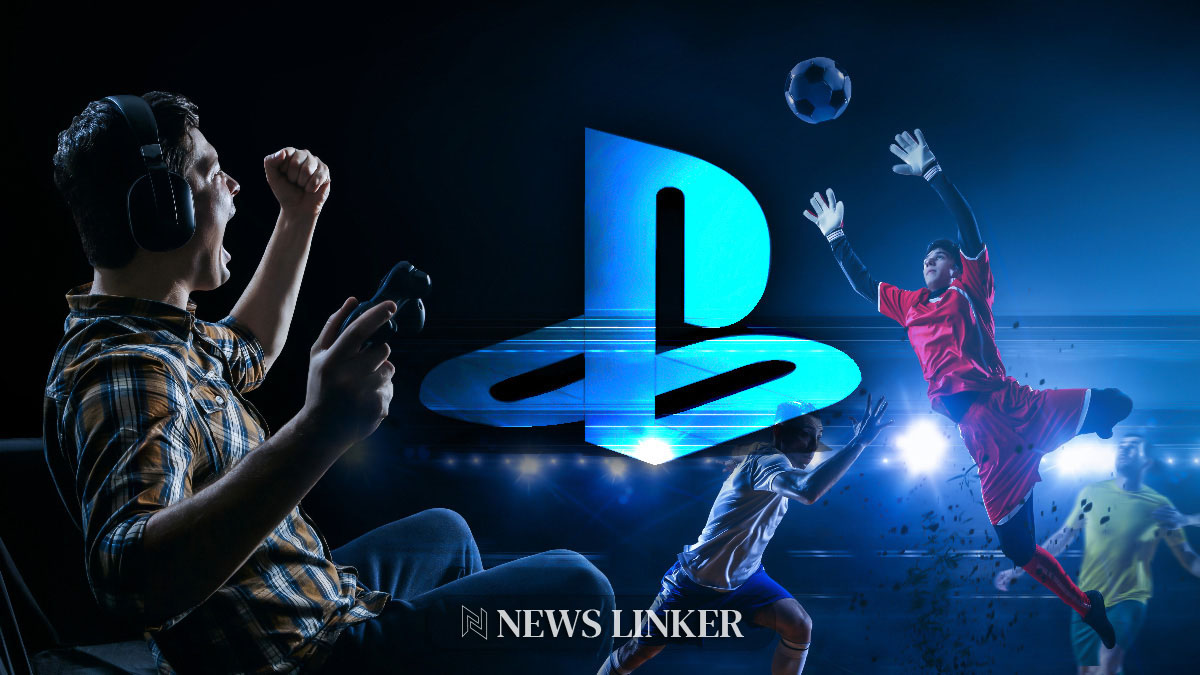The unprecedented drop in PlayStation 5 prices is a direct consequence of major retailers engaging in competitive discounting, leading to savings as significant as AU$114 for consumers. In an aggressive push to attract buyers, these retail giants are leveraging price reductions as a fundamental strategy, which not only benefits the end-users but also stimulates market dynamics by encouraging more frequent and higher volume purchases. Amid this pricing shake-up, potential buyers now have an optimal opportunity to acquire the widely sought-after gaming console at a substantially lower cost.
The price trajectory of the PS5 has been a subject of much speculation and analysis since its launch. Initially marked by scarcity and high demand, which kept prices steep and availability limited, the console’s market dynamics have evolved considerably. Over time, as production ramped up and the initial fervor settled, the shift towards more competitive pricing was anticipated. This recent reduction in price reflects a natural progression in the product’s lifecycle, as saturation points near and retailers begin to prioritize turnover over high profit margins per unit.
Which Factors Influenced the Price Cut?
Several factors have played into the notable price reduction of the PS5. Foremost among them is the economy of scale achieved as Sony ramps up production to meet the persistent demand. Additionally, the gradual stabilization of the global supply chain has alleviated some of the pressures that previously contributed to supply shortages and inflated prices. Retailers, spotting a strategic opportunity, are now passing on the benefits of these developments to consumers in a bid to expand their market share.
What Does Research Indicate About Console Pricing?
In alignment with the current market trend, a scientific paper published in the Journal of Consumer Electronics titled “Market Dynamics and Pricing Strategies in the Gaming Console Industry” provides insights into pricing models for gaming consoles. The paper identifies factors such as production cost, market saturation, technological advancements, and competitive actions as key influencers of pricing strategies. The researchers have elucidated how these factors converge over time, leading to price adjustments that reflect both the value proposition of the console and the broader market conditions.
How Will Consumers Respond to the Discounts?
Consumer response to the price drop is expected to be overwhelmingly positive. The lower price point lowers the entry barrier for new gamers and may also entice existing users to upgrade or purchase additional units. With the high level of engagement and dedication typically seen in the gaming community, price reductions of this magnitude are likely to result in a significant uptick in sales volume, benefiting both retailers and the manufacturer.
Useful Information
- Savings of up to AU$114 on PS5 can greatly influence buying decisions.
- Price reductions may signify an approaching market saturation point for the PS5.
- Consumers should monitor retailer trends to capitalize on future discounts.
The strategic price reduction of the PlayStation 5 signals a transitional phase in the console’s market life, characterized by increased accessibility and heightened competition among retailers. With significant savings on offer, consumers are well-positioned to make purchases that were previously inhibited by higher pricing. As the gaming industry continues to burgeon, such market adjustments are integral in ensuring the continued expansion and diversification of the gaming audience. Consequently, this trend of competitive pricing is likely to persist as retailers and manufacturers strive to capture and retain a broader consumer base in a dynamic and ever-evolving market.










